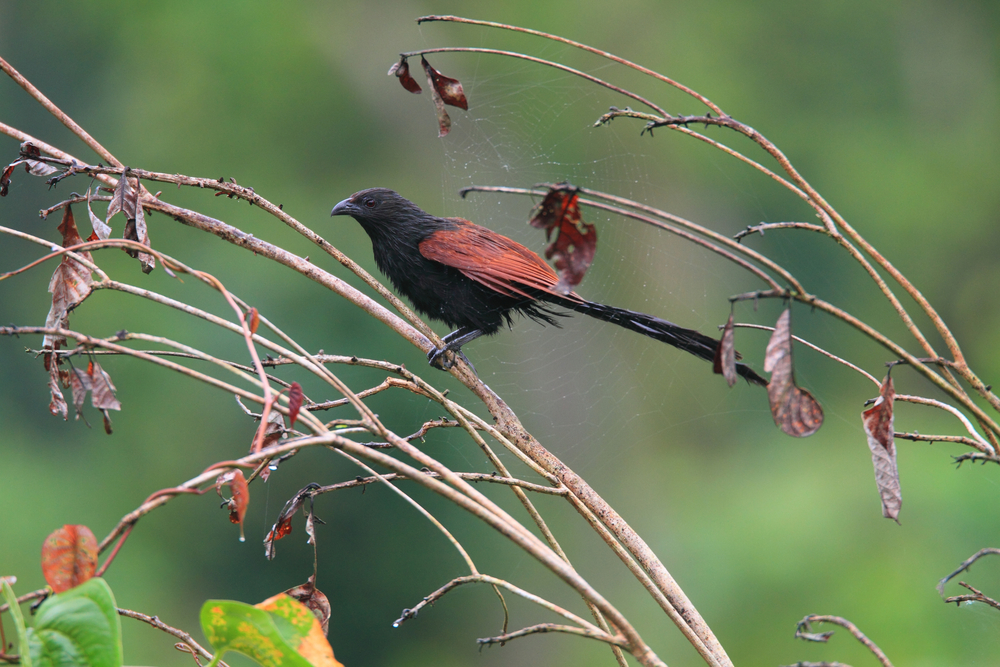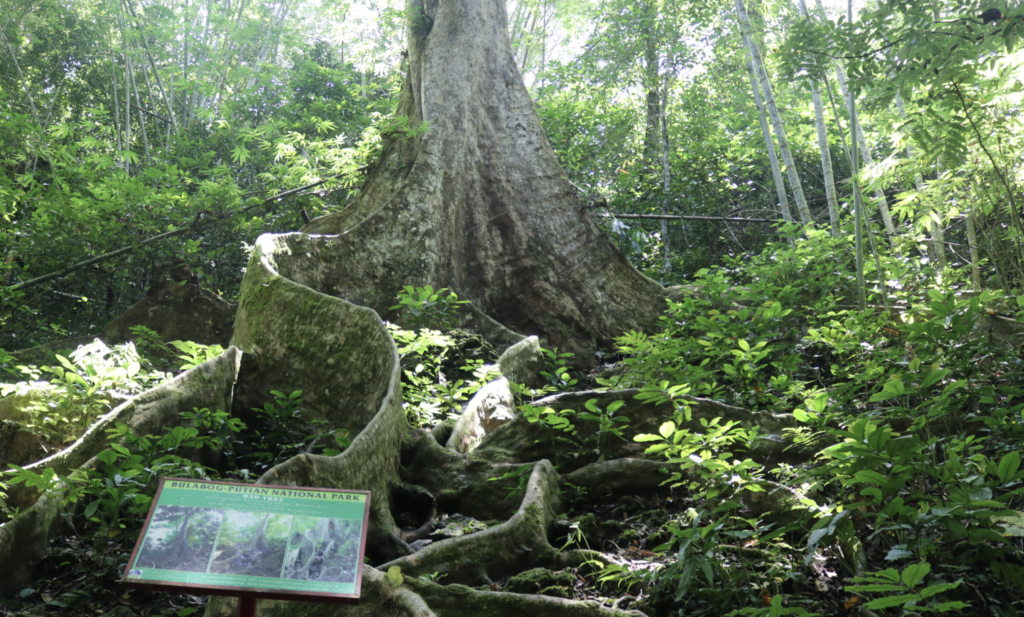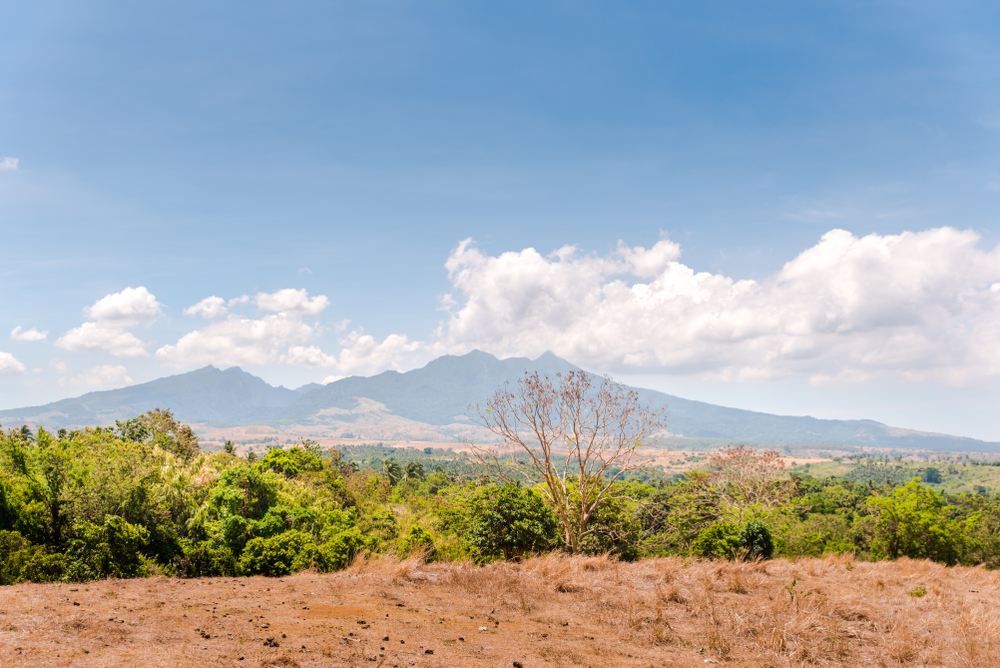Fuyot Springs Overview
Fuyot Springs National Park, known in Filipino as Pambansang Liwasan ng Fuyot Springs, is a serene and ecologically diverse protected area located in the municipality of Ilagan, within the province of Isabela in northern Luzon, Philippines.
Spanning approximately 0.8 square miles (2 square kilometers), the park lies on the western foothills of the Sierra Madre mountain range and forms part of the larger Northern Sierra Madre Natural Park buffer zone. Though modest in size, it plays a key role in preserving biodiversity, offering recreational access to nature, and protecting the headwaters that support surrounding communities.
The terrain of Fuyot Springs National Park is gently mountainous and forested, with rolling hills, narrow valleys, and freshwater springs that feed into the Ilagan River system. Lush greenery covers much of the area, featuring secondary growth dipterocarp forest, bamboo groves, and various fruit-bearing trees.
Several natural springs and streams flow through the park, providing clear, cool water that nourishes both plant life and the local population. Limestone formations, shallow caves, and elevated viewing spots add natural interest to the landscape, while pockets of grassland open into scenic picnic and camping areas.
Wildlife within the park is representative of the broader Sierra Madre biodiversity corridor. Visitors may encounter Philippine macaques, monitor lizards, civet cats, and native squirrels in the forested areas.
Bird species such as the Philippine coucal, kingfisher, and barbet are frequently seen and heard along wooded trails and near water sources. While the park is not large enough to host many large mammals, it remains an important sanctuary for local species, particularly birds, reptiles, and amphibians that depend on its undisturbed habitats and fresh water.
Fuyot Springs National Park is popular for its natural springs, waterfalls, and peaceful environment. The park’s main attraction is its namesake—Fuyot Springs—which features clean, flowing water ideal for bathing, swimming, and picnicking. Nearby attractions include the Ilagan Japanese Tunnel, a World War II-era structure that offers a brief glimpse into the area’s wartime history.
The park is also adjacent to the Ilagan Sanctuary, a nature-based recreation and conservation site that includes a mini-zoo, butterfly garden, and additional trails leading deeper into the forested foothills.
Visitors engage with the park through nature walks, swimming, birdwatching, camping, and educational visits. Designated trails allow hikers to explore the forest and reach scenic lookouts, while spring-fed pools and shaded rest areas provide spots for relaxation and family outings.
Environmental programs and youth activities are occasionally held within the park, promoting awareness about forest conservation and the value of clean water resources.
Conservation efforts in Fuyot Springs National Park focus on protecting its freshwater systems, forest cover, and wildlife from the impacts of tourism and nearby development. Threats include unregulated visitor activity, occasional illegal logging, and erosion.
However, partnerships between the local government of Ilagan, environmental groups, and local schools have supported reforestation, waste management, and environmental education. These efforts have helped maintain the park’s health and ensure that it continues to serve as both a local retreat and a gateway to the broader Sierra Madre ecosystem.



















































































